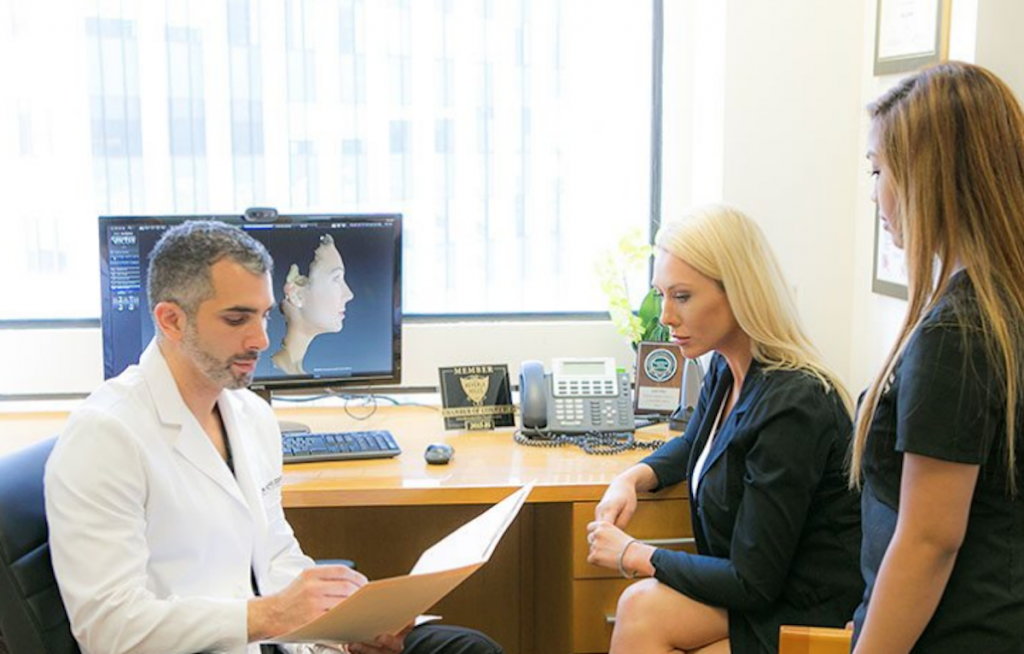Fat often makes us think about the areas of our bodies we want to trim. Despite this, body fat plays a critical step in the burning and storage of calories. It releases hormones that control our metabolism while storing excess calories until we need them.
However, fat can do far more than just that. The transfer of fat can treat and heal issues within the human body.
This technique was discovered in the late 19th century, but has evolved over time. Unlike the old times, today doctors and specialists use high-end machinery to transfer fat from one part of the body to another part that requires it.
If you are interested in knowing more about fat transfer, its process, and advantages, keep reading!
Healing Benefits of Fat Transfer
A significant number of stem cells reside in fat, making it the largest tissue in the body. It is similar to stem cells found in the bone marrow, but they can be obtained in a less painful manner.
Research shows this is due to the presence of mesenchymal stem cells in the fatty tissues. Stem cells living in the multicellular tissues of our bodies, called mesenchymal stem cells (MSC), can differentiate into many types of cells in the skeletal tissue.
The use of fat transfer is expanding continuously, and we discover new ways for it every day, told from americancryostem.com. The contour, color, texture, and hardness of scars have improved after fat grafting when fat is transferred. In addition to that, fat grafting might be used to treat scarring abnormally on nerves that result from traumatic injury or surgery. Lastly, in areas where there has been volume loss as a result of surgery or trauma, fat can be used as a filler to fill these areas and to correct the deformity along the contour.
The fat transfer procedure is also helpful for:
- Breast enlargement
- Buttock enlargement
- Scars and burns
- Post-amputation pain
- Radiation therapy
- Severe migraines
- Lip fillers
- Hand rejuvenation
Transferring fat from one part of the body to another to enhance the appearance gives natural results. The body also adapts to the changes quickly, which is why this process is preferred.
Advantages and Risks Attached to Fat Transfer
The advantages of fat transfer are far superior to those of other techniques. Because it is derived from your own tissue, it won’t be rejected. There are many treatment options that require only one procedure in the operating room. Liposuction, for example, is a procedure in which fat is removed, and you are discharged the same day.
There are risks associated with fat transfer, including the risk to the donor site and the recipient site as well. There are several factors that can result in an issue, such as not removing enough fat/placement of too much fat. However, several of these errors can be rectified easily via a simple office procedure or surgical revision in the operating room.
An uncommon but serious complication is a fat embolism in which a molecule of fat lodges in a vein and travels to the lungs.
Process of transferring fat
Transferring fat occurs by pulling fat cells from one part of the body and transplanting them into another. For instance, liposuction involves removing excess fat from unwanted areas, such as the stomach as well as the hips, thighs, buttocks, and forearms. Once the fat has been dealt with and processed, it is injected into another area to enhance or enlarge the tissues. This can be beneficial for contouring areas where excessively large amounts of fat are present and filling in those lacking in fat.
Liposuction does remove fat cells permanently; however, a regrowth of fat cells is possible in the same area. A fat transfer will result in fat cells permanently remaining in their new location after an injection. But if you lose or gain weight dramatically, you could see a proportional change in your fat volume.
There can also be a substantial loss of fat that is transferred in the first 5 – 6 weeks following surgery. This loss of tissue is usually compensated for by the addition of extra fat during the transfer.
Transferring of Fat in Corrective Cosmetic Procedure
Cosmetic and corrective procedures that involve fat transfer offer the most natural-looking and feeling results. It is more beneficial to use natural fat stemming from an undesired location than synthetic materials. A one-time fat transfer procedure can result in several benefits, but none are as good as storing your fat tissue for cosmetic enhancement. The entire procedure can be carried out with one liposuction and a number of transfer procedures will require simply one visit to your treating physician for a more natural, pleasing result.
More than ever before, patients have the capability to use their own body tissue over a long period to attain the look and feel of their dreams. A medical professional performs a routine fat harvest procedure, and the stored samples are transferred to a specialized transportation system for immediate processing and cryopreservation at American CryoStem.
As soon as the patient is ready to use the portion of the tissues stored in storage or the entire stored sample, the doctors simply request a delivery, and the tissues are prepared for use the day of the appointment.
Preserved tissues can be used for:
- Facial augmentations
- Hand volumizing
- Breast enlargement
- Brazilian butt enlargement
- Removal of acne scars
- Removal of surgical scars
A fat transfer treatment will be a medical procedure no matter whether you are considering it for therapeutic reasons or cosmetic ones. To avoid any complications, make sure your surgeon has experience in these areas before undertaking any procedures. This way you can be sure that you will prevent undesirable results.
Once the process is done, it is highly important to follow precautions as recommended by your doctor. If you do not take care of your fillers well, you would not be able to maintain it for long.




